Gillian Blades Clematis – 1 Gallon Pot
$49.97 Original price was: $49.97.$34.98Current price is: $34.98.
SKU: D2LSC 4347851811 Categories: Clematis Vines, VINES & CLIMBERS
- Experience the difference quality makes.
- Buy with Peace of Mind
- Free Shipping, No Compromise on Quality
- High quality products, hassle-free returns.

Gillian Blades Clematis
Clematis ‘Gillian Blades‘
Plant Details
USDA Plant Hardiness Zones: 4a-10b Find Your Zone
Plant Type: Flowering Vine
Height or Length at Maturity: 8-12′
Width at Maturity: 2-4′
Spacing: 3′ apart to cover fences and walls
Spacing: 3′ apart to cover fences and walls
Growth Habit / Form: Climbing, Dense, Twining, Twisted Branching
Growth Rate: Fast
Flower Color: White sometimes tinged with light mauve and light blue
Flower Type: Single
Flower Size: 5-7″
Flowering Period: Late Spring to Summer
Flowering Period: Late Spring to Summer
Fragrant Flowers: No
Foliage Color: Green
Fragrant Foliage: No
Sun Needs: Full to Mostly Sun, Part Shade, All Day Lightly Filtered Sun
Water Needs: Average
Soil Type: Clay (Amend heavy clay to ensure good drainage), Loam, Sandy, Silt
Soil Drainage: Moist but Well Drained
Soil pH: 5.5 – 7.0
Maintenance / Care: Low
Pruning Group: 2
Attracts: Butterflies, Hummingbirds, Beneficial Pollinators, Visual Attention
Resistances: Deer, Disease, Heat, Humidity, Insect
Description
Gillian Blades Clematis produces exquisite large white 5 to 7 inch sepals with elegant, ruffled edges against a yellow stamen. Some flowers may be tinged with mauve or pale blue at the edges. Blooms in late spring and again in late summer. Gillian Blades is a compact plant, making it a great choice for patio containers. A vigorous vine, a great plant for the novice and expert gardener alike
Landscape & Garden Uses
Climbing 8 to 12 feet in height with a spread of 2 to 4 feet or more, the Gillian Blades Clematis is ideal for growing on arbors, pergolas, fences, trellises, arches, tall obelisks, poles, lamp posts and other structures. Excellent for pots, planters and other containers for situating on patios, decks and around other outdoor living spaces where the amazing flowers can be viewed and enjoyed from close up. A fine addition to Clematis gardens and white theme gardens.
Suggested Spacing: 3 feet apart to cover fences, trellises, and walls
Growing Preferences
The Gillian Blades Clematis is easy to grow in a moist but well-drained soil of average fertility and full sun to part shade. We suggest a minimum of 4 hours direct sunlight per day for best flowering and overall performance. Though it tolerates dry periods when established, it will appreciate an occasional watering in prolonged periods of dry weather. See pruning instructions just below.
Clematis Pruning Group 2
Clematis in Group 2 consist of all the early, large-flowered hybrid clematis that bloom in late spring or early summer and maybe again in late summer. Clematis in this group should be pruned lightly in late winter or early spring. Pruning consists of removing weak and crossing shoots then thinning down the plant to a structure of evenly spaced one and two year old stems. Cut each old stem just above a pair of healthy buds. Plants in this group have the tendency to become bare at the base as they mature. You can under-plant with small shrubs or perennials to help conceal the bare stems. Alternatively, you can often force a flush of new growth from the base by cutting the vine back to 18 inches immediately after the flush of bloom.
An alternate method of pruning Group 2 clematis is to prune only every three or four years. In this case, the clematis should be pruned as described for Group 3 Clematis. This will produce a weak first flush of flowers in the summer after pruning.
Helpful Articles
Click on the link below to find helpful advice from our experts on how to plant and care for Clematis vines
How To Plant A Clematis
How To Prune A Clematis
Plant Long & Prosper!
Meet The Wilson Brothers & Staff
Questions? Contact Us!
Be the first to review “Gillian Blades Clematis – 1 Gallon Pot” Cancel reply
Related products
Sale!
Clematis Vines
Sale!
Clematis Vines
Sale!
Clematis Vines
Sale!
Clematis Vines
Sale!
Clematis Vines
Sale!
Clematis Vines
Sale!
Clematis Vines
Sale!
Clematis Vines




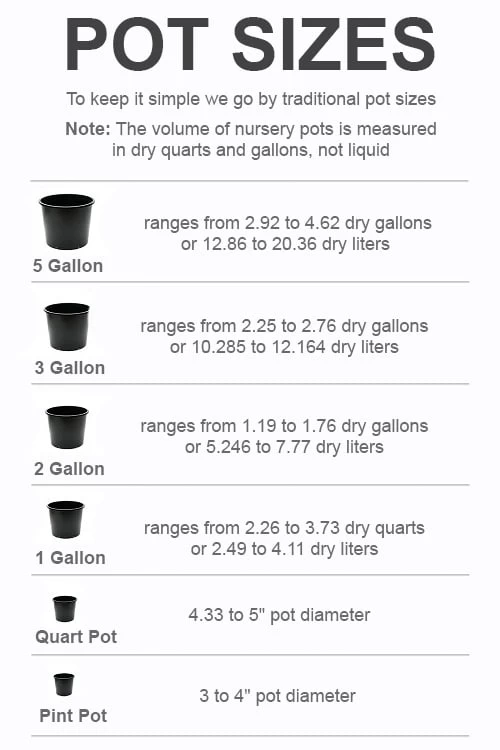







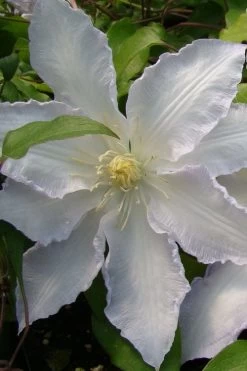
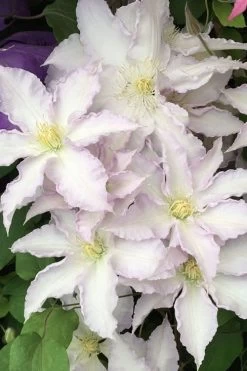

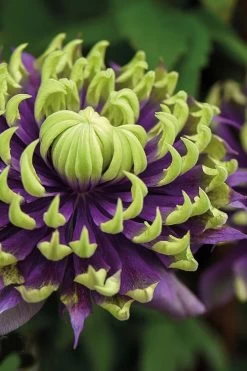


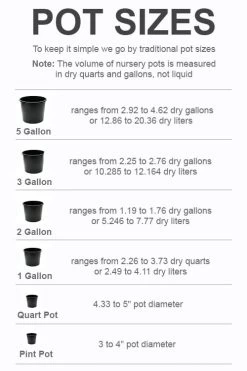



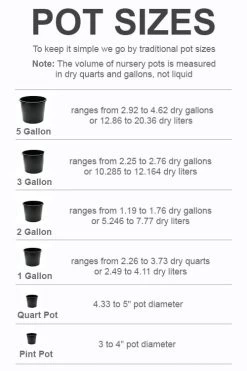




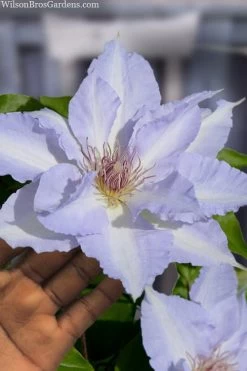

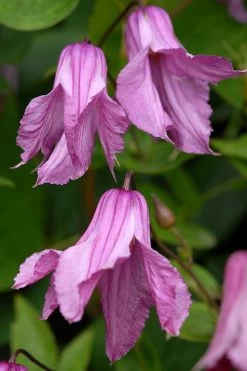

Reviews
There are no reviews yet.